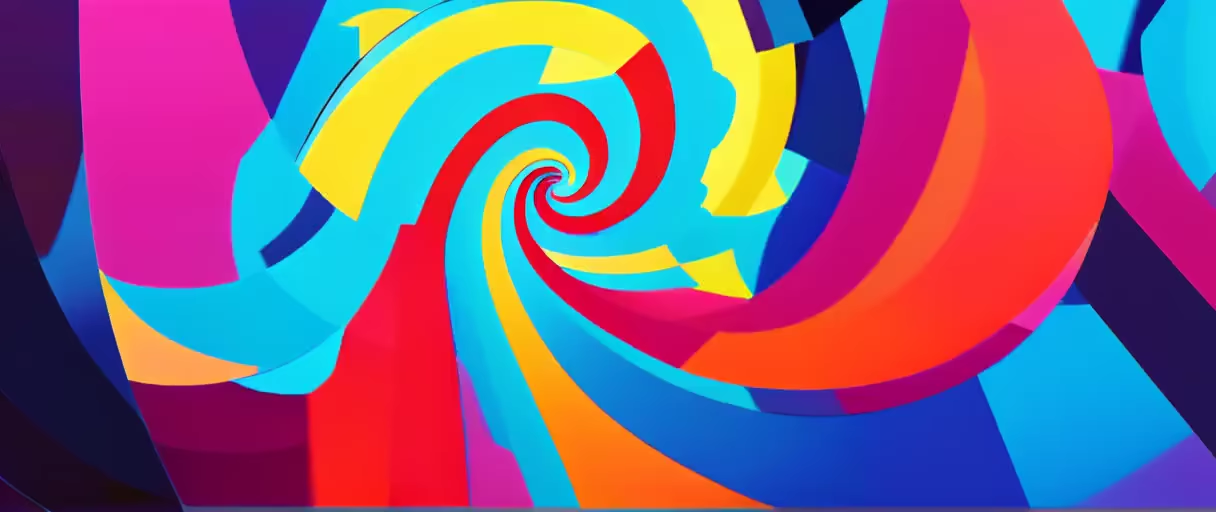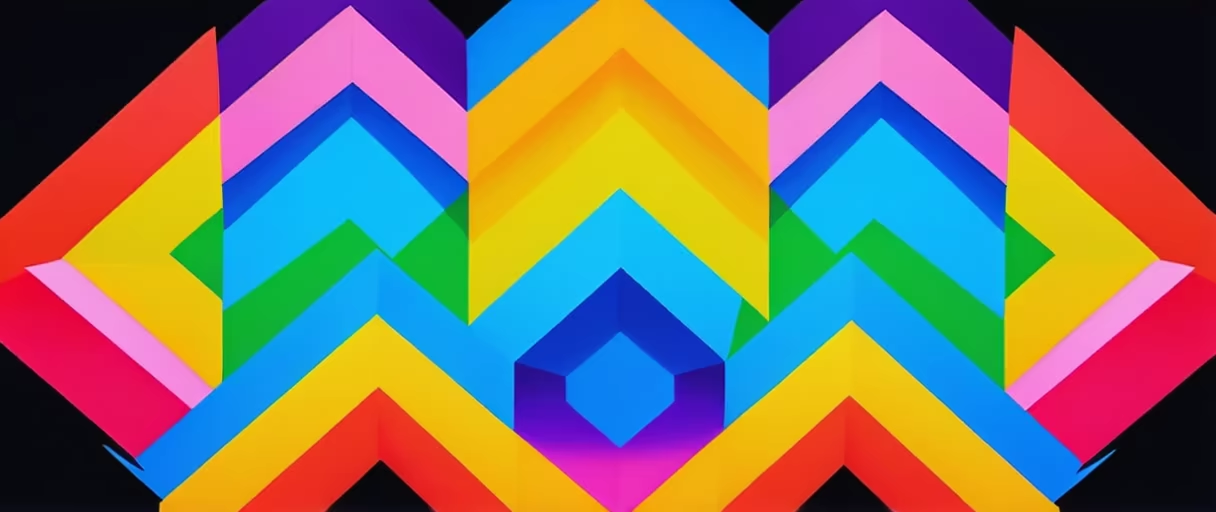Prompt: Creating a visual representation of an LSD (Lysergic acid diethylamide) trip can be challenging—trips vary greatly and involve a profound alteration of perception, including changes in visual, auditory, and sensory experiences. However, many reports of LSD trips include common themes such as enhanced colors, visual patterns, distortions, synesthesia (e.g., \"seeing\" sounds), and altered sense of time and space. Below are some guidelines on how to depict an LSD trip through visual art, using a combination of surrealism and abstraction. Note: This guide purely serves an illustrative purpose for creating artwork and does not endorse or promote the use of any substances. Conceptualize the Experience: Gather accounts or artistic representations of LSD trips to inform your design. Each person's experience can differ, so taking note of commonly reported phenomena is useful. Key concepts might include the surreal warping of reality, intense color enhancements, geometric patterns, and a sense of melding with the environment. Choose the Medium: Decide whether your piece will be digital or traditional. Digital media can offer more flexibility with effects and color manipulation, while traditional mediums like paint or mixed media might be preferred for their tactile qualities. Establish a Color Scheme: Psychedelic art often features vibrant, saturated colors. You may want to use a wide, contrasting color palette to convey the intensity and variety of visual stimuli. Depicting Visual Distortions: Objects may appear to melt, breathe, or have trailing images. Create warped perspectives, bending straight lines, and morphing shapes to simulate a fluid, dynamic environment. Incorporate Patterns and Fractals: Use intricate patterns and repeating fractal-like designs to represent the complex visual hallucinations often experienced. Add Imagery Suggesting Synesthesia: Depicting one sensory experience through another (e.g., visualizing music as waves or patterns) can capture the synesthetic aspect of an LSD trip. Capture Altered Perception of Time and Space: Create a scene where spatial dimensions seem distorted, objects have no clear boundary, and time seems to have a visual representation, perhaps through repeated elements or clock imagery. Emphasize the Mystical or Profound: LSD experiences often contain elements of the profound or mystical. Consider including symbols or imagery that evoke a sense of wonder or transcendence.
Style: Low Poly

